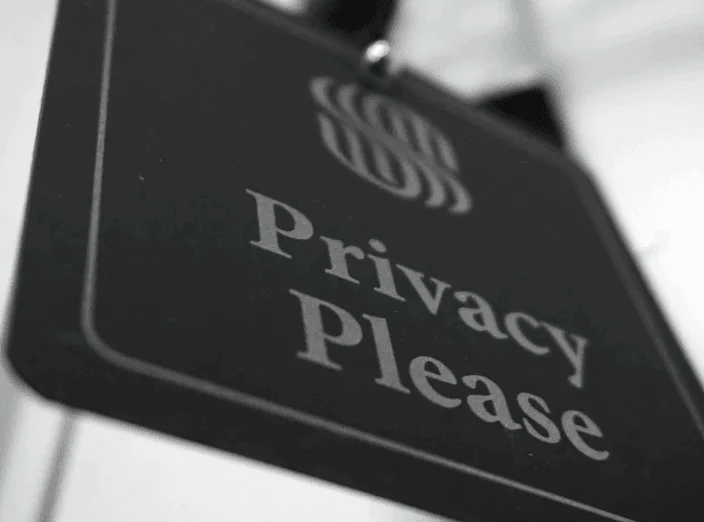These are challenging times, requiring us to consider how our thoughts and actions help or hinder our capacity for resilience – both at the personal and team level. Dr Lucy Hone, from the University of Canterbury and the New Zealand Institute of Wellbeing & Resilience, suggests that if we want to avoid burnout at work, we need to understand it much better.
Have you ever laid in bed and found yourself thinking, ‘I’m done, I cannot do this job any longer, I’m absolutely exhausted – there’s really no point in me getting up, nothing I seem to do makes a difference’? Burnout is a much talked about, read about and feared workplace syndrome, but sadly it also little understood.
Demystifying the myths of burnout:
Burnout doesn’t come on suddenly. Instead, it’s more likely that you didn’t see it coming as you’re not good at reading the signs. There’s a fine line between super-productivity and burnout because the people most at risk are those who love their jobs and derive a sense of identity and meaning from them. In this sense, burnout comes from hyper-engagement, when people erroneously believe the solution lies in working harder and end up neglecting the world beyond work. Doing so puts you at risk. There’s more to burnout than overwhelm and exhaustion. Science has in fact identified three different dimensions (or symptoms) of burnout:
- physical, emotional, and mental exhaustion;
- over-arching cynicism; and
- a feeling of ineffectiveness.
When people burnout they often express cynicism that the amount of work they have to get through is achievable, and consequently wind up feeling really useless and ineffective. Most often, the demands of their job exceed the resources at their disposal.
Burnout is not just the inability to cope with stress on behalf of the individual concerned. Far from being individual failing, burnout out should be viewed as the individual’s response to systemic challenges – and/or sustained stress with no let up. For this reason, it is highly irresponsible and unfair for organisations to offer staff resilience training if they are not prepared to back this up with a realistic and transparent appraisal of how workplace burdens impact their teams. If burnout results from chronic workplace stress that has not been successfully managed, prevention is as much the responsibility of executive leaders, and people leaders, as it is personal.
Six ways to prevent burnout in yourself and others:
Focusing on these drivers of burnout supports sustainable high performance among your teams, particularly when working in VUCA environments:
1. Work overload
Make sure work volumes don’t outstrip available time and resources. Consider how you can reduce different aspects of workload, such as meetings, emails, zoom calls – for yourself and your teams. No one is saying this is easy, but burnout is costly is so many ways, so you’re better to delay a project than lose a key member of staff.
2. Lack of autonomy
When workers have insufficient authority over the way they work (are micro-managed), or insufficient access to the resources required to do their job effectively, cynicism ensues. Humans work best when they are given the opportunity to make choices and decisions for themselves; autonomy builds respect. Where and how can you give your teams/individuals autonomy?
3. Feeling under-valued
Lack of recognition from management, colleagues, and clients pushes workers to tune out and stop caring about the end results. Whether it’s in the form of praise, pay, or even personal pride, we all crave reward. Make sure you notice and praise people’s individual and collective contribution, share their wins, and acknowledge contribution.
4. Lack of support
The overall quality of social interactions in your workplace matters: the better your relationships at work, and the better and faster conflicts are resolved, the lesser the odds of burnout. Workers need to feel resourced and supported, that their opinions count and that they can be themselves. Don’t rely exclusively on surveys to assess your team, people leaders should know them well enough to sense who needs support, when they need it and in what form.
5. Unfairness
Fairness is paramount: your teams will be far more concerned about the fairness of your conflict resolution processes than how favourable the outcome is. Make sure their job descriptions match their contribution, give credit where/when it is due, and ensure that you are treating everyone fairly with your WFH and return to work strategies.
6. Values disconnect
Employees are particularly susceptible to burnout when a disconnect exists (or arises) between their deeply held personal values and the environment they work in. It’s virtually impossible to feel good about your work when a values conflict exists.
Signs of Burnout
Exhaustion
- Feeling tired most days/prolonged lack of energy
- Dreading the day/week ahead
- Difficulty sleeping
- Forgetfulness
- Reduced concentration/attention (to the point that it gets in the way of your daily functioning)
- Physical symptoms like chest pain, heart palpitations, shortness of breath, stomach pain, dizziness, fainting, and/or headaches
- Lowered immunity leading to increased illness
- Not feeling hungry, forgetting to eat
- Feeling anxious, trapped and/or depressed
- Frequent angry outbursts and serious arguments
Signs of Cynicism/Feeling Detached or Removed
- Loss of enjoyment (not wanting to go to work, avoiding projects)
- Pessimism (overly negative and/or doubting coworkers trustworthiness and ability to get the job done)
- Isolating yourself (at work and at home)
- Disconnection/detachment from others
Signs of Ineffectiveness and Lack of Accomplishment
- Apathy and hopelessness (“nothing is going right” “nothing I do matters”, “what’s the point?”
- Irritability
- Reduced productivity (running around like a headless chicken; feeling less productive than you once did, despite putting in long hours; often leads to long lists of unfinished projects).

Dr Lucy Hone, NZIWR
AML legislation has seen businesses having to change how they work as they navigate their way through regulations. Cleo Shortland from VPO Risk Management provides some guidance on how to manage this in ‘driving successful AML change‘




